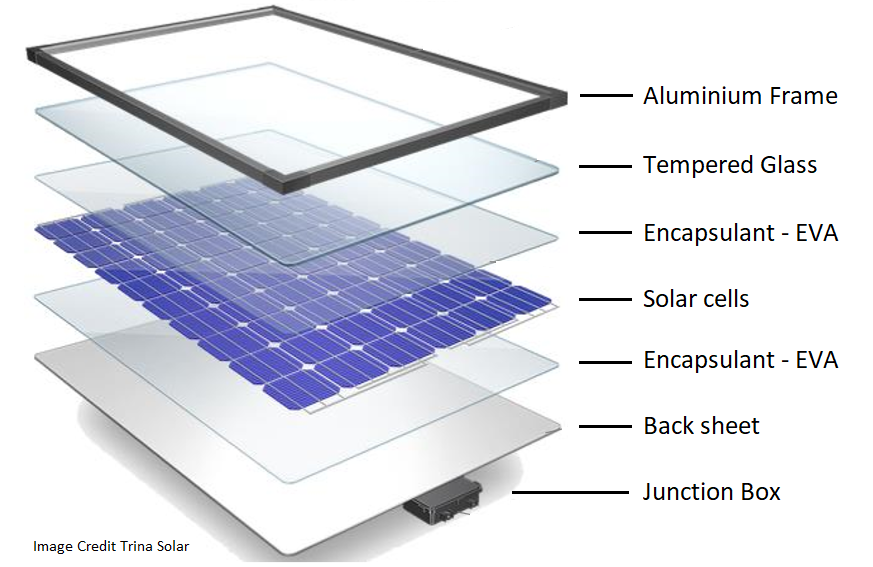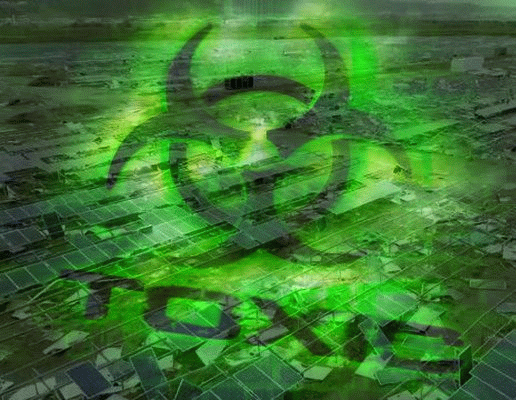On paper, solar energy seems more promising than ever. But questions remain about whether their production and waste creates more pollutants than the fossil fuels they aim to replace.
Manufacturing solar panels often requires the use of several noxious chemicals. To add to that, solar panels have an operating lifespan of around 20 to 30 years.

Since they were first introduced in the 2000s, literal tons of solar panels are reaching the end of their lifespan.
Because it’s not easy to properly dispose of the toxic metals inside the solar cells — and there’s an overall lack of oversight — it is often cheaper to discard them in landfills or send them to developing countries.
As solar panel waste sit in dumps, the toxic metals they contain can leech out into the environment and possibly pose a public health hazard if they get into the groundwater supply.

Most solar recycling plants simply remove the valuable silver and copper from the cells and then recycle the contaminated glass and plastic casing by burning them in cement ovens.
Since the process is costly and time-consuming, it’s more convenient for solar companies to drop the dead panels into landfills or export them to third-world countries.

As society continues to adopt solar power, this problem may worsen in the coming decades, with almost 80 million tons of solar waste projected by 2050.
Although solar energy holds great promise as a renewable energy source, society also must stand to address and solve the waste problems it poses, or else harnessing light energy might leave us in a darker place than before.
Reference- Reuters, Discover Magazine, Institute Of Energy Research, Forbes, ScienceDaily






